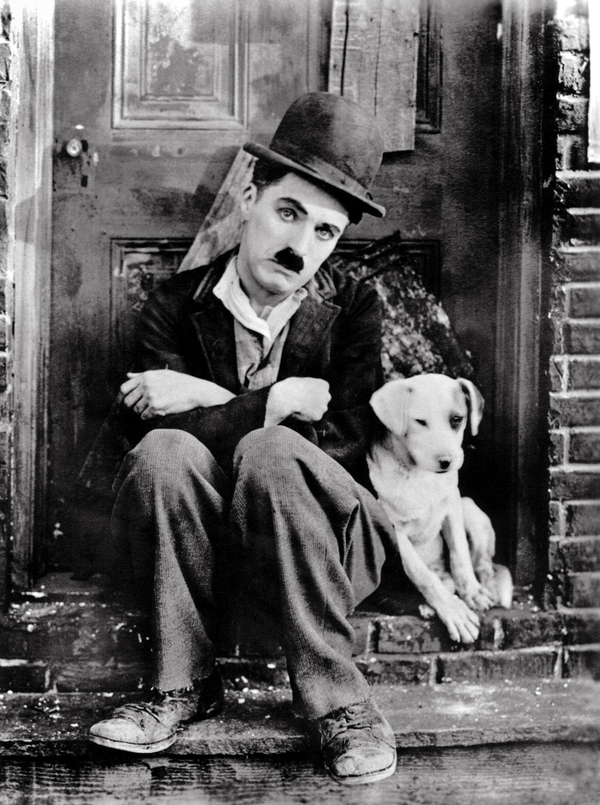The Incredible Journey, Marley and Me, Where the Red Fern Grows: dog stories run deep in the weave of our cultural tapestry, back into the mists of time to the first night we shared a campfire with our four-legged friends.
Not every human culture views dogs in the same way, but research demonstrates a long interspecies relationship. A study published recently in Science undertook a genetic analysis of the remains of 27 ancient dogs. “Right after the end of the ice age, there’s already quite a bit of differentiation in these dogs, which means domestication originated well into the ice age, maybe 15,000 years ago,” says Robert Losey, an archeologist in the Faculty of Arts and one of the study’s 57 international authors.
Was it just propinquity? Are we opportunists, who duped the kindest and mildest of wolves into guarding our homes in exchange for a warm spot by the fire and some leftovers? Or did some wolfish ancestor size us up and go for the long game: “Kill yourself a man and you’ll eat for a day, but become his friend and you’ll eat for generations.”
Think back: what’s the first dog story you remember? With some cultural exceptions, people’s first experience of dogs arises within a context of, “we love dogs, dogs love us.” We might love other animals, too, but none finds more roles in society. Working dogs have partnered with pastoralists from ancient times, according to Losey. Guard dogs and the hounds of war have gone to battle beside us. Lapdogs, ever daintier and more elegant, serve no purpose other than to adorn loving keepers.
No other animal shows as broad a range of size, temperament and abilities. Can you imagine a sheep cat, minding the flocks? A seeing-eye cat, patiently leading a human through their days? It’s the cats who set the agenda, and their domestic forms are remarkably similar.
Dogs adapt to our evolving needs and become teacup poodles or Tibetan mastiffs. Dogs actually listen, every owner swears it. Dogs lead from the heart and, once given, that heart will give its last beat in loyalty. Paradoxically, invoking the species’ name has long been used as an insult, to imply that a human lacks will, industry or a kind nature.
So how did dogs become part of us? Trees and their associated fungi thrive together, bonded via mycelia at the roots. Perhaps dogs and humans are likewise symbiotic. Maybe there’s a dog-shaped connection in our hearts that we’re born with, just waiting for dogkind to attach, so that we can grow kindness.
Losey says the team’s research speaks to the length of the relationship, pointing to the fact that changes in dog genetics tend to mirror changes in human genetics, “particularly related to major population movements.” His studies cannot reveal if the two species’ shared long walk through time was first sparked by necessity — anyway, affection soon followed. “People clearly had emotional attachments to their dogs from the very beginning,” he says. And just as fungi strengthen the root systems of trees, stories and research tell us that dogs strengthen us, heart first.

We at New Trail welcome your comments. Robust debate and criticism are encouraged, provided it is respectful. We reserve the right to reject comments, images or links that attack ethnicity, nationality, religion, gender or sexual orientation; that include offensive language, threats, spam; are fraudulent or defamatory; infringe on copyright or trademarks; and that just generally aren’t very nice. Discussion is monitored and violation of these guidelines will result in comments being disabled.